6 Dividend Growth Stocks to Stay Ahead of Rising Interest Rates
For years, America’s low-interest-rate environment has pushed income hunters out of bonds and into other cash-producing investments – namely, dividend stocks.
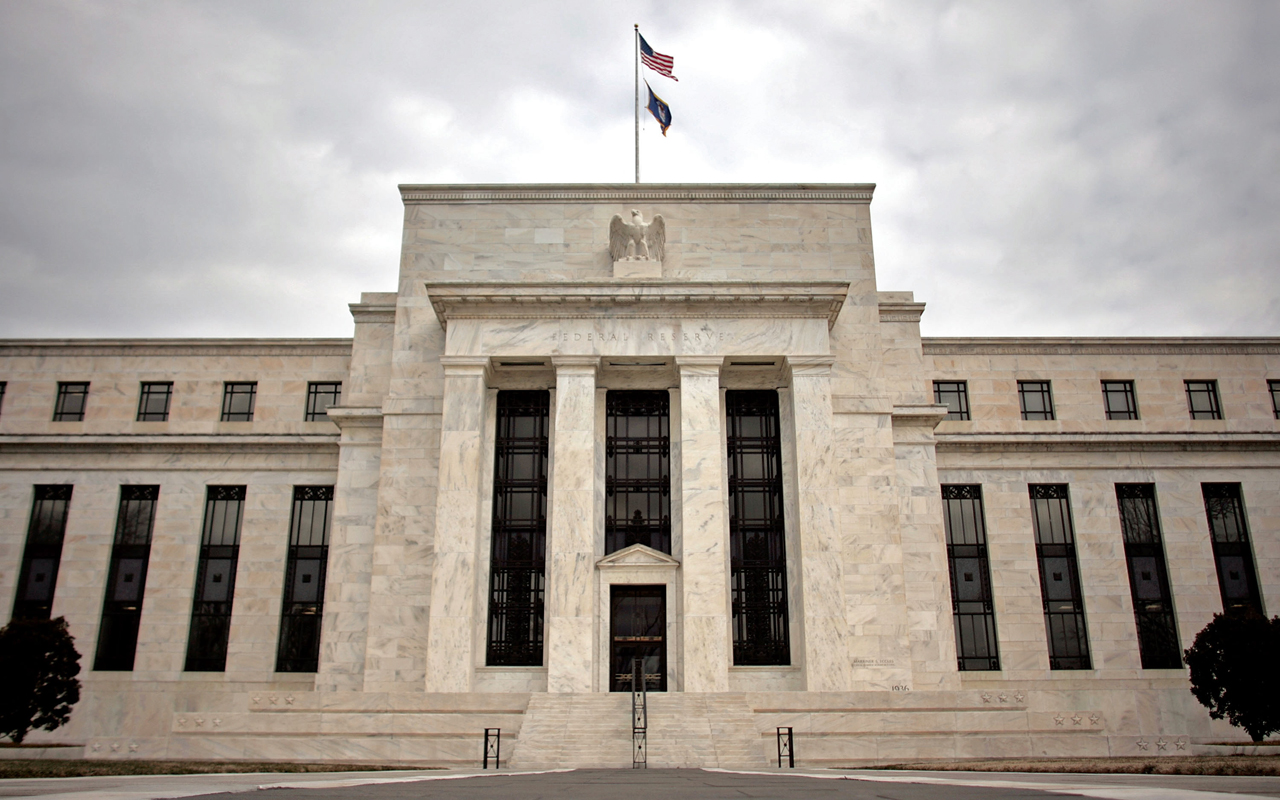

For years, America’s low-interest-rate environment has pushed income hunters out of bonds and into other cash-producing investments – namely, dividend stocks. However, the Federal Reserve has been slowly turning the volume back up on interest rates, and did so again Wednesday, Dec. 13, at the conclusion of the Federal Open Market Committee meeting.
The Fed raised its benchmark interest rate by another quarter-point, marking the third increase to the Fed funds rate in 2017, and the fifth since the Federal Reserve started budging two years ago. The central banking system now targets a 1.25%-1.5% interest-rate level, up from 0%-0.25% as recently as 2015, and senior officials expect the Fed to execute three more rate hikes in 2018.
As interest rates rise, more income investors may be tempted to flee dividend-paying companies for the perceived safety of higher-yielding bonds. But you don’t have to shift to debt – several dividend stocks should remain plenty competitive.
History has shown companies with a record of consistently raising their dividends can offset much of the negative effect of rising rates. Moreover, certain companies may be able to compound the benefits of an improving economy with their growing payouts. Here are six dividend growth stocks that should withstand the Fed’s continued push on interest rates.
Disclaimer
Data is as of Jan. 1, 2017. Dividend yields are calculated by annualizing the most recent quarterly payout and dividing by the share price. Stocks are listed in alphabetical order. Click on ticker-symbol links in each slide for current share prices and more.
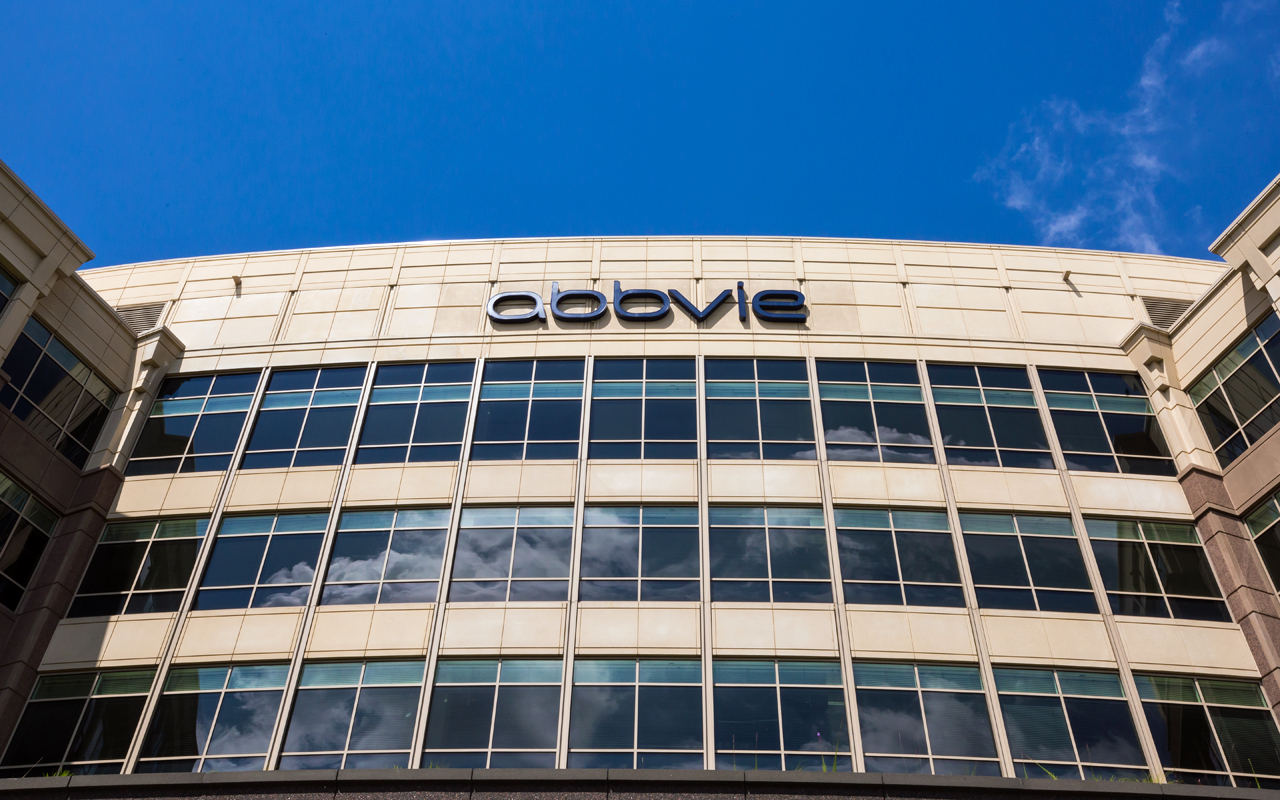
AbbVie
- Dividend Yield: 3.0%
- AbbVie (ABBV, $96.31) is a global biopharmaceutical company that targets autoimmune diseases, oncology, and viral and neurological disorders. Since its spinoff from Abbott Laboratories (ABT) in January 2013, ABBV has been a Wall Street darling, with the stock steadily advancing roughly 175% since it opened around $35 per share.
But AbbVie has grown more than its share price. The company technically boasts a streak of 45 consecutive annual dividend raises thanks to its history as part of Abbott. But ABBV has held up its end of the bargain since being spun off, hiking its quarterly payout from 40 cents to 64 cents – a 9.9% annualized rate.
Analysts at Wells Fargo praise the company’s pipeline, which includes 30 trial-stage drugs across numerous indications, meant to treat everything from rheumatoid arthritis to Crohn’s disease to lung cancer. Meanwhile, AbbVie is still raking in money off marketable treatments include Humira – one of the best-selling drugs of all time – as well as Imbruvica and Venclexta.
Health care is hardly a discretionary purchase, though a better economy means fewer tough choices about whether to put off medical treatments and procedures. So a humming U.S. economic engine should help keep AbbVie’s wheels greased.
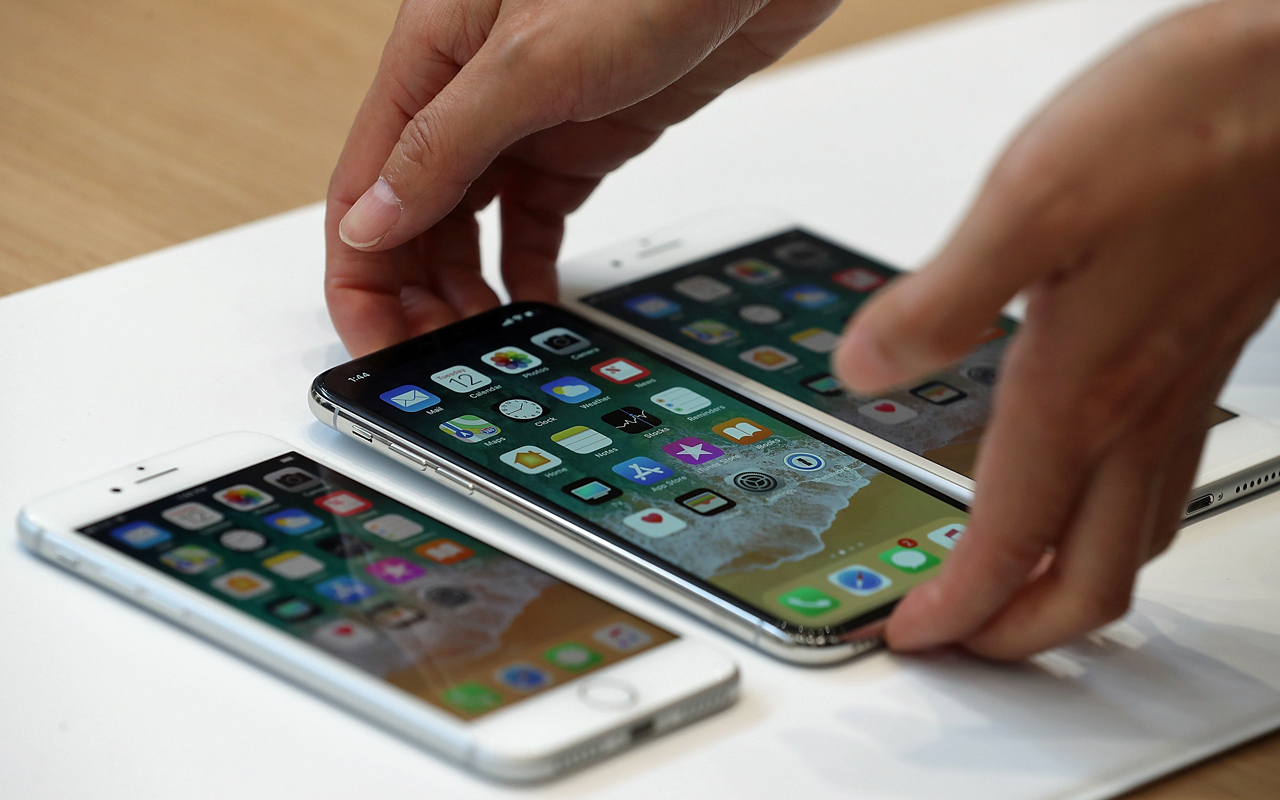
Apple
- Dividend Yield: 1.5%
Analysts may have a hard time agreeing on many of Apple’s (AAPL, $171.70) fundamental attributes — things such as future growth rates and margins, or the competitiveness of its product pipeline.
But they’ll largely agree that Apple and its premium-priced iPhones, iPads and Macs are clear beneficiaries from an expanding U.S. economy. And no one can deny that Apple has a boatload of money to put to work.
Right now, the company’s hoard of cash and investments sits at $269 billion, though most of that is held overseas to avoid taxation at U.S. corporate rates. However, right now, Congress is working on a tax bill that may result in a one-time repatriation holiday that could coax the iPhone maker to bring that cash home and put it to use.
“Under an attractive cash repatriation reform, we think investors could consider Apple’s willingness to bring back the majority (if not all) of its internationally held cash and investments ($250B+), from which we believe $100B+ could be considered in terms of an incremental capital return,” say Wells Fargo analysts. “Capital return” is code for dividends and share repurchases. That’s to say nothing about the potential for a lower overall corporate tax rate that could put more income in Apple’s pockets every year, which it could return to shareholders via its regular payout.
Apple is about due for another dividend increase. The last one, in February 2017, saw the quarterly payout grow 10.5%, from 57 cents per share to 63 cents. That’s a bit more than its annualized average increase of 8.9% since re-establishing its regular payout in 2012. That likelihood of dividend growth, combined with the potential for continued price increases, should mitigate any risks from another interest-rate hike.

Boeing
- Dividend Yield: 2.4%
- Boeing (BA, $290.00) raised its quarterly dividend by 30% to the current rate of $1.42 last December, indicating confidence in its growth prospects.
But that was well before the administration’s proposal to increase the military budget by $54 billion – a move that could provide an additional boost to earnings. With that wind at Boeing’s back, the defense and aerospace player raised its dividend another 20% this December, to $1.71 per share – and piled on a new $18 billion share buyback authorization. Based on the new payout, Boeing’s yield at current prices is 2.4%.
In good times and bad, the Boeing dividend has proven as durable as one of its revolutionary 707 jets. Even in the darkest days of the Great Recession, when Boeing’s shares sank from as high as $104 to below $30, the company not only paid its quarterly dividend, but increased it twice, from 35 cents to 40 cents, then to 42 cents.
Analysts at Bank of America/Merrill Lynch expect Boeing to continue to use its strong cash flow to repurchase shares and pay dividends. Thus, while Boeing’s 2.4% yield for new money might not impress, the yield on cost should rise significantly over time.
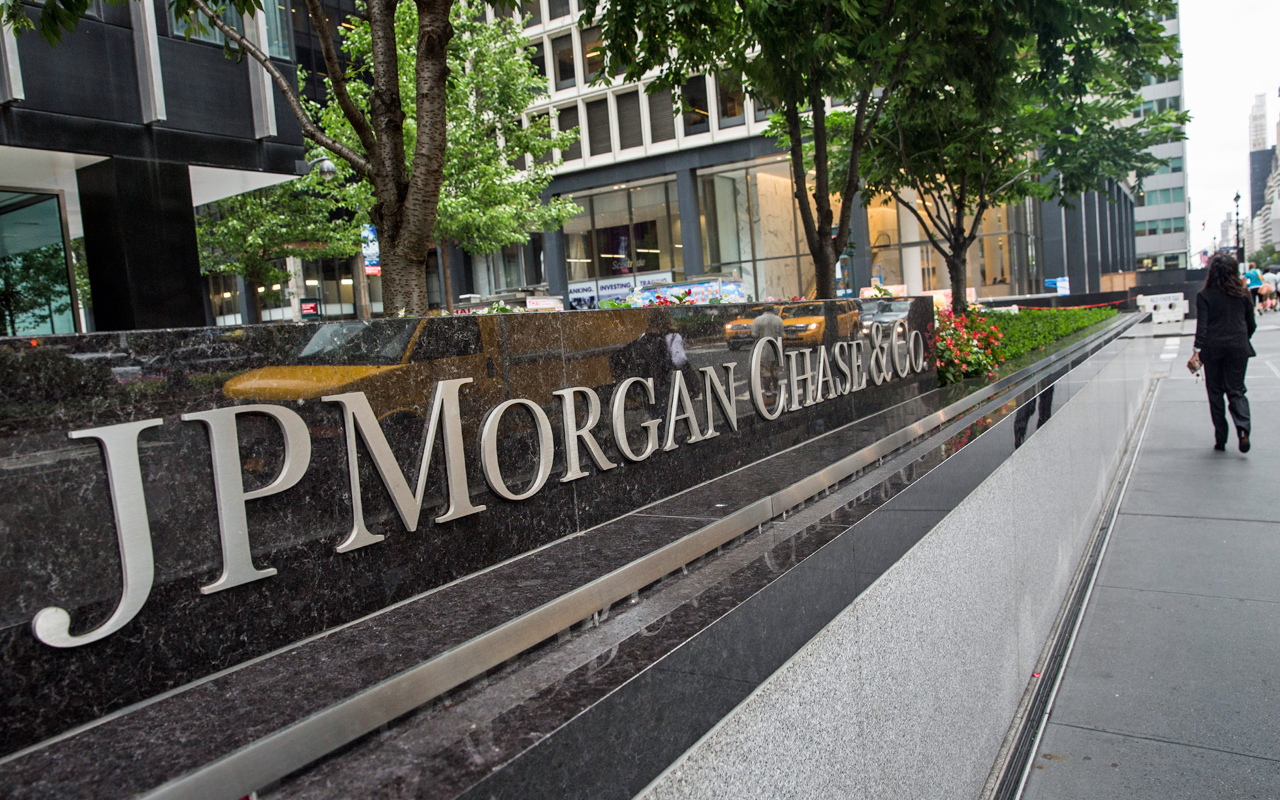
JPMorgan Chase
- Dividend Yield: 2.1%
- JPMorgan Chase (JPM, $106.86) is a “Big Four” American bank that offers everything from consumer financial services to business banking to asset management.
JPMorgan and other financials directly benefit from rising rates. When interest rates go up, the interest that banks earn on lending rise while the rates they pay on deposits — which fund their loans — do not. The result is a higher net interest margin (i.e., more profitable loans).
The degree to which any bank’s earnings grow in response to interest-rate increases depends in large measure on their balance sheet and the ways in which they fund loans. Analysts at Bank of America/Merrill Lynch, who recently reiterated their “Buy” rating on JPM shares, say JPMorgan Chase “is quite interest rate sensitive” and project $55 billion of net interest income in 2018 on the strength of higher net interest margins.
While JPM shares only yield 2.1%, the company has been an admirable dividend grower since being forced to cut payouts during the financial crisis. JPMorgan started increasing its dividend in 2011, and has ramped up the quarterly payout by an average of 41% annually since then. To give you an idea of how that affects yield over time, consider that investors who bought into JPMorgan Chase in January 2011 did so at a roughly 0.5% yield – but now are enjoying a nearly 5% yield on their original cost.

McDonald’s
- Dividend Yield: 2.3%
- McDonald’s (MCD, $172.23) is a Dividend Aristocrat that has improved its payout on an annual basis every year since 1976.
The knock against McDonald’s is that growth can be hard to achieve given intense competition and often razor-thin margins. But McDonald’s has proven adept at pulling growth out of its hat, via items such as all-day breakfast, upscale coffee and now mobile ordering and curbside pick-up. McDonald’s is on track to double the number of restaurants that offer delivery, from 5,000 to 10,000 by the end of the year – a bet that is much likelier to pay off for the fast-food restaurateur should the economy continue to click on all cylinders.
Analysts at Morgan Stanley are bullish on MCD shares, saying they have “appeal as a total return vehicle, including a long-established history of annual dividend increases. The company’s competitive position is strong across the globe. MCD is in the early stage of a turnaround.”
Indeed, McDonald’s quarterly dividend has been a beacon of consistency and growth, blossoming from 37.5 cents per share in 2008 to $1.01 today – a 10.4% annualized rate.
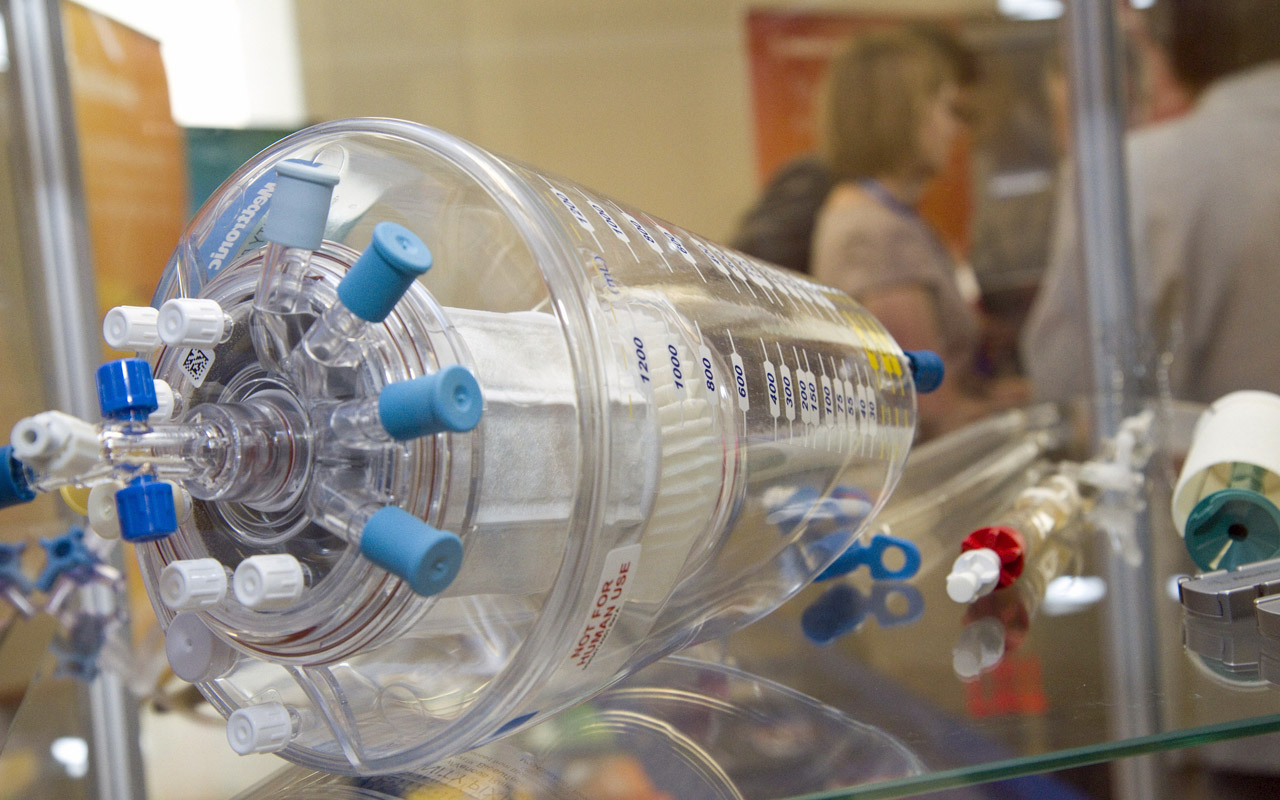
Medtronic
- Dividend Yield: 2.3%
- Medtronic (MDT, $81.99) is another health care play with an impressive dividend growth record, boasting Dividend Aristocrat membership thanks to four decades of consecutive annual payout increases.
Medtronic makes numerous medical devices, including defibrillators, pacemakers, surgical staplers and insulin pumps. Those devices are used around the world, with the company boasting a reach of roughly 160 countries.
Medtronic, unlike most American companies, isn't waiting on Republicans to give it a tax break. In January 2015, it completed a so-called tax inversion when it acquired Ireland-based Covidien. Since being domiciled overseas for tax purposes, MDT has increased its payout from 30.4 cents when the inversion was completed to 46 cents in the most recent quarter. But even before that, MDT had an impressive track record, growing its distribution at a compound annual rate of nearly 14% over the past decade.
Analysts at BMO Capital Markets are bullish on MDT shares, saying, “Medtronic’s expanded product portfolio … along with its healthy cash flow, dividend yield, and valuation, makes it a compelling investment.” The firm raised its 2018 earnings per share forecast for Medtronic by 9.3% in November.
Get Kiplinger Today newsletter — free
Profit and prosper with the best of Kiplinger's advice on investing, taxes, retirement, personal finance and much more. Delivered daily. Enter your email in the box and click Sign Me Up.

-
 33 Stocks That Could Rally 50% or More This Year
33 Stocks That Could Rally 50% or More This YearAnalysts say these S&P 500 stocks have at least 50% price upside over the next year or so.
By Dan Burrows
-
 Stock Market Today: Dow Drops 971 Points as Powell Pressure Ramps Up
Stock Market Today: Dow Drops 971 Points as Powell Pressure Ramps UpPresident Trump is increasing his attacks against Jerome Powell, insisting the Fed chair cut interest rates.
By Karee Venema
-
 The Cheapest Places To Retire in the US
The Cheapest Places To Retire in the USWhen you're trying to balance a fixed income with an enjoyable retirement, cost of living is a crucial factor to consider.
By Stacy Rapacon
-
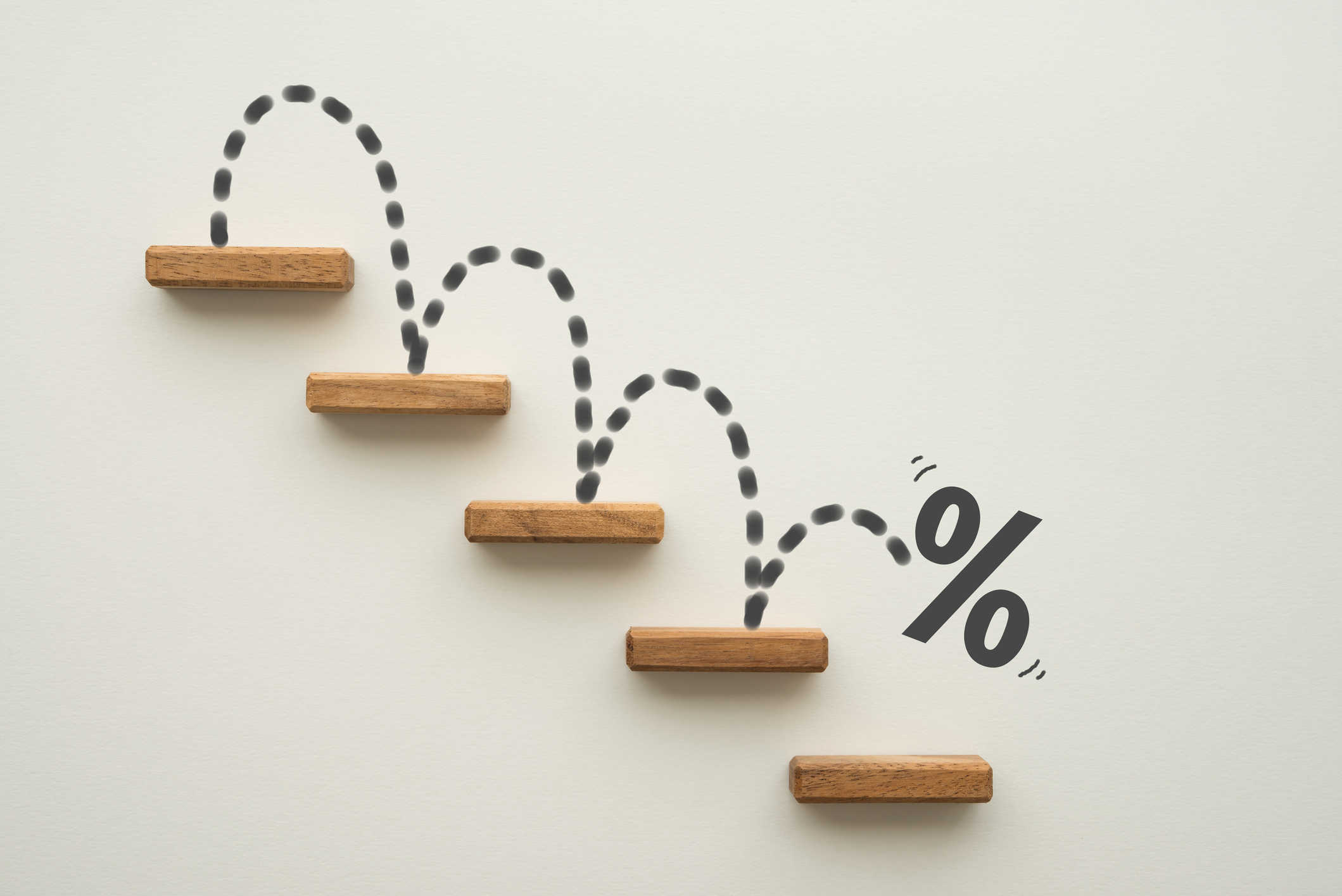 Best Stocks to Buy for Fed Rate Cuts
Best Stocks to Buy for Fed Rate CutsConsider these stock and fund picks now that the Federal Reserve's rate-cutting campaign is underway.
By Jeff Reeves
-
 Stock Market Today: Nasdaq Jumps 451 Points After AMD Earnings, Fed Meeting
Stock Market Today: Nasdaq Jumps 451 Points After AMD Earnings, Fed MeetingThe main indexes notched impressive gains Wednesday on solid earnings and signs the Fed could start cutting rates as soon as September.
By Karee Venema
-
 Why You Should Invest In Healthcare Stocks
Why You Should Invest In Healthcare StocksIt stands to reason that investing in healthcare is less volatile than investing in other sectors. After all, people get sick in both good times and bad.
By James K. Glassman
-
 Dividends Are in a Rut
Dividends Are in a RutDividends may be going through a rough patch, but income investors should exercise patience.
By Jeffrey R. Kosnett
-
 Municipal Bonds Stand Firm
Municipal Bonds Stand FirmIf you have the cash to invest, municipal bonds are a worthy alternative to CDs or Treasuries – even as they stare down credit-market Armageddon.
By Jeffrey R. Kosnett
-
 Can Stocks Picked by Artificial Intelligence Beat the Market? 3 Stocks to Watch
Can Stocks Picked by Artificial Intelligence Beat the Market? 3 Stocks to Watchstocks An artificial intelligence stock-picking platform identifying high-potential equities has been sharp in the past. Here are three of its top stocks to watch over the next few months.
By Dan Burrows
-
 High Yields From High-Rate Lenders
High Yields From High-Rate LendersInvestors seeking out high yields can find them in high-rate lenders, non-bank lenders and a few financial REITs.
By Jeffrey R. Kosnett
